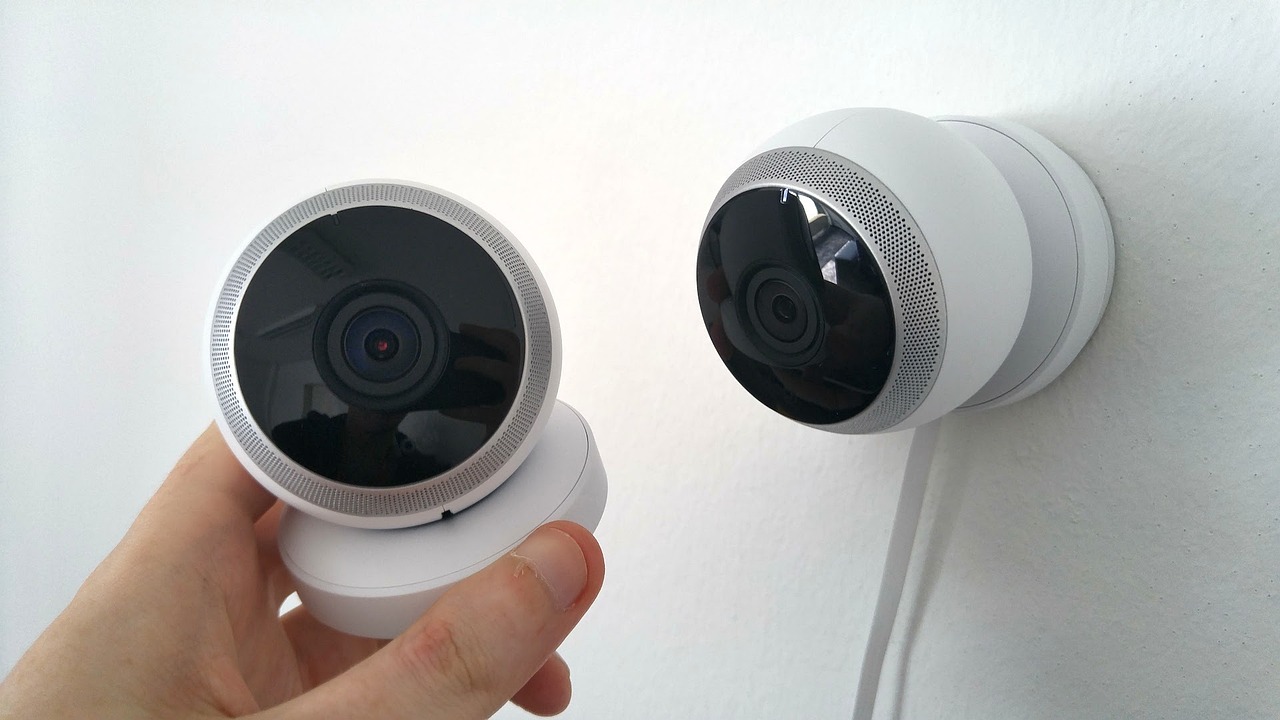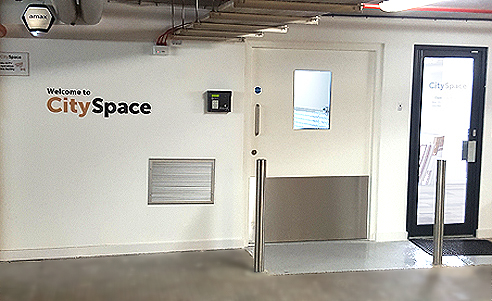In a world where safety and security are increasingly becoming a top priority, staying informed about the newest developments in fire and security systems is essential. The field of advanced fire and security systems has seen rapid advancements, with emerging technologies enhancing the effectiveness and efficiency of these critical systems.
Innovations in Fire Detection and Alarm Systems
The core of any advanced fire and security system is its ability to detect and alert occupants to potential hazards. Recent advancements have seen the introduction of more sophisticated fire detection technologies. These include photoelectric smoke detectors which are more responsive to a wider range of fire types, from smouldering fires to flaming conflagrations. Additionally, the integration of thermal imaging and AI algorithms allows for quicker identification of potential fire outbreaks, significantly reducing response times and potentially saving lives.

The Crucial Role of Regular Maintenance
Maintaining the efficacy of fire and security systems is as crucial as the initial installation. According to the Fire Protection Association in the UK, a significant number of fire incidents in commercial properties are linked to failures in fire detection systems. This statistic underscores the importance of regular system maintenance and updates. Regular servicing ensures that every component of a fire and security system is functioning optimally, safeguarding against malfunctions that could lead to catastrophic outcomes. Moreover, routine updates can bring older systems in line with the latest technological standards, providing enhanced security and peace of mind.

Integrating Security Systems with Smart Technology
One of the most significant trends in advanced fire and security systems is the incorporation of smart technology. Smart security systems now offer features like remote monitoring, real-time alerts, and integration with other smart home devices. This interconnectivity not only enhances the security of a property but also offers unparalleled convenience for users. Homeowners and business managers can now control their security systems from their smartphones, receiving instant updates and notifications about their property’s status.

The Emergence of Wireless Systems
The shift towards wireless technology has revolutionised the installation and functionality of fire and security systems. Wireless systems offer flexibility in installation, especially in buildings where running wires is impractical or intrusive. They also provide reliability, with advancements in battery technology and signal transmission ensuring that these systems are always operational. The ease of installation and minimal maintenance make wireless systems an attractive option for both new installations and upgrades to existing systems.

Advanced Analytics and Predictive Monitoring
One of the most exciting developments in advanced fire and security systems is the use of advanced analytics and predictive monitoring. These systems utilise a combination of AI and machine learning algorithms to analyse data from various sensors and predict potential security breaches or fire hazards before they occur. This proactive approach can significantly reduce the risk of fire and security incidents by identifying and addressing potential threats early.

Customisation and Personalisation in Security Systems
The trend towards customisation and personalisation in security systems is growing. Modern advanced fire and security systems are no longer one-size-fits-all solutions. They can now be tailored to meet the specific needs of each property or business. This means that systems can be designed to focus on particular areas of vulnerability, ensuring that every aspect of a property’s security is covered. This level of personalisation not only enhances security but also ensures that customers are not paying for unnecessary features.

The Role of IoT in Enhancing Security Systems
The integration of Internet of Things (IoT) technology has transformed advanced fire and security systems into more than just protective measures; they are now integral parts of smart building ecosystems. IoT-enabled devices can communicate with each other, providing comprehensive monitoring and control. For example, a security camera could trigger an alarm system if it detects an intruder or a fire detector could automatically notify the local fire department in the event of a fire.
FAQs
Advanced fire and security systems can seamlessly integrate with smart home technology, enhancing both security and convenience. These systems can be connected to a central home automation system, allowing users to control security cameras, alarms, and fire detection systems through a single interface, often accessible via smartphone apps. This integration not only simplifies the management of home security but also enables features like remote monitoring and real-time alerts.
Wireless fire and security systems offer several advantages over traditional wired systems. They are easier and less invasive to install, as they do not require running cables throughout the property. This makes them ideal for both new and older buildings. Wireless systems are also more flexible in terms of layout and can be easily expanded or modified. Additionally, many wireless systems offer advanced features like remote control and monitoring, providing an added layer of convenience and security.
Yes, one of the key strengths of advanced fire and security systems is their customisability. These systems can be tailored to meet the specific security and safety needs of different properties, whether it’s a residential home, a commercial building, or an industrial facility. Customisation can include the choice and placement of sensors, the level of monitoring required, integration with other security systems, and the type of alert and response mechanisms. This ensures that each system is as effective as possible in providing protection.





